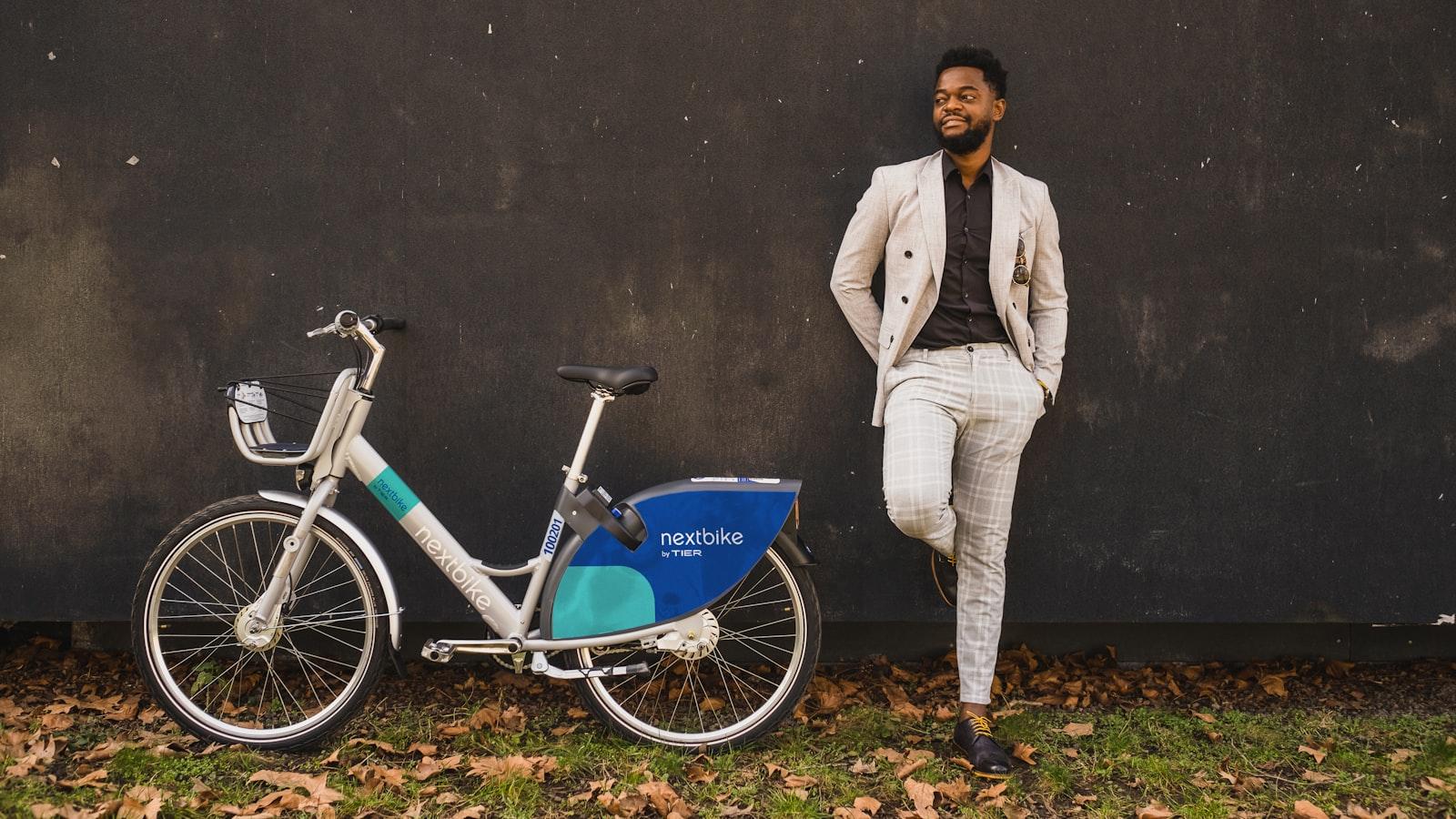In a world where the cost of living seems to rise faster than our paychecks, finding ways to eat healthily on a budget has become a modern-day quest for many. Navigating the supermarket aisles with both health and wallet in mind can feel like a tricky balancing act. But fear not, as we delve into the realm of budget-friendly yet nutritious eating, unlocking the secrets to filling your plate with goodness without emptying your pockets. Join us on a flavorful journey where frugality meets wellness, proving that eating well doesn’t have to break the bank.
Table of Contents
- – Smart Strategies for Eating Healthy on a Budget
- – Budget-Friendly Nutritious Foods to Include in Your Diet
- – Planning Affordable and Balanced Meals
- – How to Shop Wisely for Healthy Ingredients
- Q&A
- To Wrap It Up


– Smart Strategies for Eating Healthy on a Budget
One effective way to eat healthily without breaking the bank is by planning your meals in advance. By taking the time to create a weekly meal plan, you can avoid last-minute unhealthy food choices and reduce food waste. Consider planning your meals around budget-friendly staples like beans, lentils, and whole grains. These ingredients are not only affordable but also packed with nutrients essential for a balanced diet.
Another smart strategy for eating healthy on a budget is to buy produce that is in season. Seasonal fruits and vegetables tend to be fresher, more flavorful, and less expensive. Visit your local farmer’s market or look for deals at grocery stores to take advantage of seasonal produce. You can also opt for frozen fruits and vegetables when fresh options are too pricey, as they are usually equally nutritious and can be more budget-friendly.
| Seasonal Produce | Benefits |
|---|---|
| Spinach | Rich in iron and vitamins C and K |
| Strawberries | Packed with antioxidants and vitamin C |
| Zucchini | Low in calories and a good source of fiber |


– Budget-Friendly Nutritious Foods to Include in Your Diet
The key to maintaining a healthy diet without breaking the bank lies in choosing budget-friendly nutritious foods that offer both nourishment and value. Opting for whole, unprocessed ingredients can not only benefit your health but also your wallet.
Consider incorporating staples like beans, lentils, and chickpeas into your meals. These versatile legumes are rich in protein, fiber, and essential nutrients, making them a cost-effective and healthy addition to various dishes from soups to salads. Pairing them with whole grains like quinoa or brown rice can create a well-rounded and budget-conscious meal that provides long-lasting energy and satiety.


– Planning Affordable and Balanced Meals
In today’s fast-paced world, finding the balance between eating healthy and sticking to a budget can seem like a daunting task. However, with a bit of planning and creativity, it’s possible to enjoy nutritious, delicious meals without breaking the bank. One key strategy is **meal prepping**. By preparing meals in advance, you can save time and money while ensuring that you have healthy options readily available when hunger strikes.
When planning your meals, consider incorporating affordable yet nutritious ingredients such as beans, lentils, whole grains, and seasonal produce. These items are not only cost-effective but also packed with essential nutrients to fuel your body. Additionally, explore budget-friendly recipe ideas that use simple and versatile ingredients to create satisfying dishes. Embracing a variety of flavors and textures can make your meals more enjoyable and help you avoid getting bored with your food choices. Remember, eating healthily on a budget is all about making smart choices and getting creative in the kitchen.
| Meal Idea | Ingredients | Cost |
|---|---|---|
| Vegetarian Chili | Beans, Bell Peppers, Tomatoes, Spices | $10 |
| Quinoa Salad | Quinoa, Cucumber, Feta Cheese, Lemon | $8 |
| Stir-Fried Veggies with Brown Rice | Broccoli, Carrots, Soy Sauce, Brown Rice | $12 |


– How to Shop Wisely for Healthy Ingredients
When it comes to shopping wisely for healthy ingredients, there are several tips and tricks to keep in mind that won’t break the bank. Start by **planning your meals** in advance to avoid impulse buying and ensure you only purchase what you need. **Create a grocery list** with a focus on fresh produce, whole grains, lean proteins, and healthy fats. By sticking to your list, you can avoid unnecessary items that contribute to unhealthy eating habits.
Another smart strategy is to buy in bulk when possible for items like rice, beans, nuts, and seeds, which can save you money in the long run. Additionally, compare prices between brands and opt for generic or store-brand products to cut costs without sacrificing quality. Don’t forget to utilize coupons and discounts to maximize savings on your healthy purchases. By following these simple guidelines, you can eat healthily on a budget without compromising on nutrition or taste.Q&A
Q: How can I eat healthy on a tight budget?
A: Eating healthy on a budget is absolutely achievable with some strategic planning. Opt for affordable staples like beans, lentils, and whole grains, which are not only budget-friendly but also rich in nutrients.
Q: Are there any tips for meal prepping on a budget?
A: Meal prepping is a great way to save money and time. Plan your meals in advance, use seasonal fruits and vegetables, buy in bulk, and make use of leftovers to create new dishes to stretch your budget further.
Q: Can I eat organic foods on a budget?
A: Eating organic doesn’t have to break the bank. Prioritize the “Dirty Dozen” list (produce with the most pesticides) when buying organic and consider joining a local co-op or farmers’ market for more affordable organic options.
Q: How can I avoid overspending when grocery shopping?
A: Set a budget before heading to the store, make a shopping list based on weekly meal plans, avoid shopping when hungry, and compare prices between different brands and stores to get the best deals.
Q: What are some affordable sources of protein for a healthy diet?
A: Eggs, canned tuna, tofu, Greek yogurt, and peanut butter are all cost-effective sources of protein that can be incorporated into various meals to meet your daily protein requirements without breaking the bank.
To Wrap It Up
As you embark on your journey to eat healthily on a budget, remember that good nutrition doesn’t have to break the bank. By making smart choices, planning your meals, and getting creative in the kitchen, you can savor delicious and nutritious dishes while keeping your wallet happy. So, next time you’re at the grocery store or cooking up a storm in your kitchen, think outside the box and whip up a budget-friendly feast that nourishes both your body and your bank account. Here’s to happy, healthy eating without the hefty price tag!




0 Comments